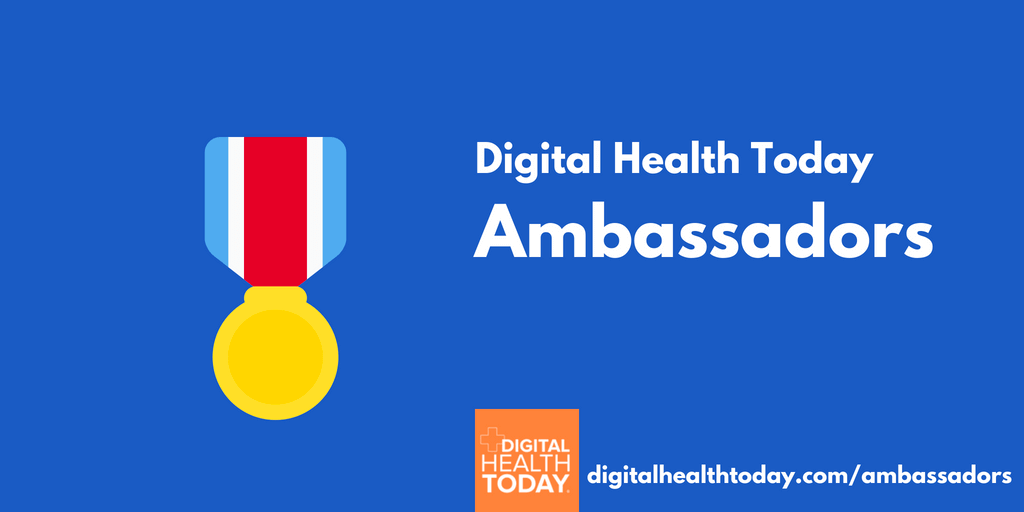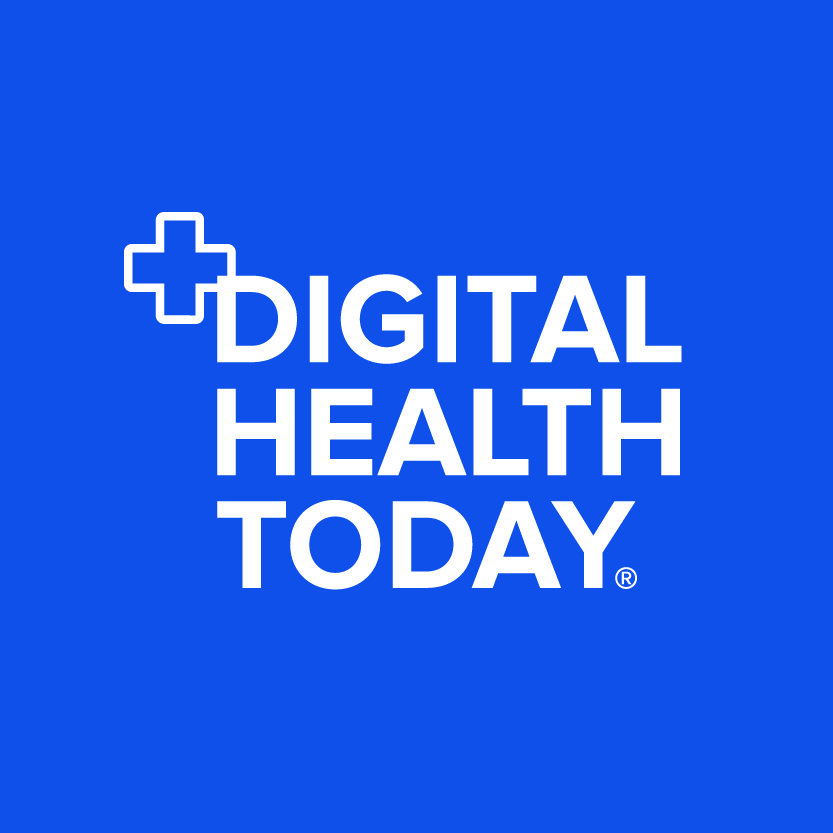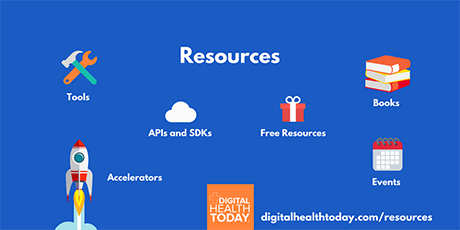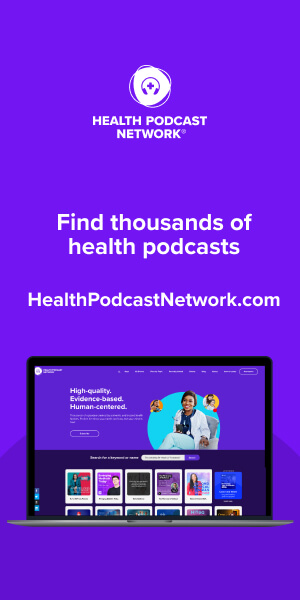Interview with Aaron Martin and Sara Vaezy
I had the pleasure of having coffee with Aaron Martin and Sara Vaezy at the recent Health 2.0 conference in Santa Clara, CA on September 16, 2019. Aaron Martin is the Chief Digital Innovation Officer at Providence/St. Joseph’s and directs the digital, web, mobile and online marketing channels. He also manages the health system’s innovation programs as a managing general partner of Providence Ventures, a $300 million investment fund focused on early-stage, venture technology, and medical device investments.
Sara Vaezy is the Chief of Digital Strategy and leads the strategy and development of digital partnerships, technology evaluation and pilots for Providence/St Joseph’s Health System. Providence/St. Joseph’s is the 3rd largest health network in the US and has its own Digital Innovation Group. Many would argue that Providence/St. Joseph’s is one of the most forward-thinking hospital systems in the nation and leading the way in changing the way we deliver healthcare.
As a psychiatrist, I am interested in addressing the treatment gaps we are facing in mental health care. What are some of the initiatives you’re working on at Providence/St. Joseph’s?
Aaron: We have been trialing a couple of CBT programs in primary care to give people immediate access. The idea is that we call it “No Wrong Door”. So anywhere that you access care, you should also be able to access mental and behavioral health.
Sara: So there are a couple different work streams where we are trying to augment our own caregivers and care model with Silver Cloud (a digital mental health platform) that is all around the notion of a concierge.
We have a depression clinical pathway developed, but we don’t have the capacity to execute on that for every single patient, so why not augment existing primary care providers, with some self service tools that they can put in the hands of their patients?
We have: 1) In-person behaviorists who are integrated into the clinic and 2) Programs like Silver Cloud and My Strength that can augment the staff model.
There is also a separate body of work that we are doing for any patient, not just our own caregivers. We are looking actually side by side at Silver Cloud and MyStrength, the latter of which was recently acquired by Livongo, which is taking an interesting whole person point of view, chronic disease plus behavioral health and how the two intersect.
We are seeing pretty good uptake in both cases. Once we were able to figure out how to get the primary care provider to use the digital workflow, then we can get the patients to actually sign up so that they can use the websites.
As a physician, I feel like there are so many new digital medicine tools but most of us have no knowledge of them or don’t want to use them because they dislike technology. We don’t want one more thing to sign in to or more data that isn’t clinically relevant. How do you address the digital workflow?
Sara: That is where something like Xealth comes in.
Aaron: If you are a startup, you are looking at a 12 to 18 month sales cycle and a 12-month implementation cycle for an integration that is probably going to take a matter of hours if you don’t utilize a company like Xealth. If you do use Xealth, then you can easily integrate because it’s their business. They’re already integrated into the big EHRS like Epic and Cerner and integrated into five health systems. The health systems look at it and get the same thing, it’s like they get a digital formulary pre-integrated. Then they get a digital formulary with pre-integrated apps and all they have to do is say, all right, I want to use My Strength or whatever. They can pick and choose which ones you know to implement into their own EMR, and there’s no new integration because they’ve already been integrated once.
What if a company doesn’t have an integration plan or platform? What are some of the other options?
Aaron: That’s the beauty of Xealth. The other option is you go through an 18-month sales cycle, and then you get prioritized behind 11 million other projects that the Epic team has. Then maybe you get integrated and then if you need to change it, that is another process.
But what about organizations that don’t use one of the biggest EHRs, like, a private practice physician or smaller healthcare system?
Aaron: It’s harder, there’s no way, I agree. If you do you find the magic solution for integrating the dog’s breakfast of different EMRs that are out there besides Epic and Cerner and All Scripts then let me know, because I’d be interested in that.
What about the digital formulary that CVS is coming out with, do you think something like that will be useful?
Sara: I don’t know how CVS is going about it. They’re a very sophisticated organization so maybe they’ll get it right. But that’s what makes Xealth really special. They started with looking at the provider workflow. I think we’ll have to wait and see whether the other formulary approaches use the same kind of approach or if they do something else.
Aaron: The Xealth team is doing the hard work first. The formulary piece like curating apps, is easy.
Sara: Xealth’s point of view is that we aren’t curating the apps, you know best as the clinical care team what works for you and your population.
What type of framework do you use to evaluate new products because there are so many? And as a physician, how should I be evaluating them?
Sara: We first work to identify what the need is. What are your biggest problems, like behavioral health in general, e.g. excellent depression pathway was one of those things that came about through this bottoms up approach to really understand what the caregivers need.
We then identify the problem and how big of a problem it is. We go through a process of looking at technology first internally and saying: Do we have something that already works to address this problem and we’ll test it out. If not, then we look out into the market and go through that process like job vendor evaluation but not just like an RFP like this version like the old school way, like, you know, does it have these filters but does it actually solve the business and clinical problem, not just to have this checkbox kind of thing. And then, if we can’t find something, we build it ourselves, and then take it to market.
Aaron: There are two things that you need: One is you need the big story and the small story.
The big story is what VCs care about: What is this going to be in terms of a very disruptive technology?
The problem is that you don’t get to that in healthcare until you have a small story. The small story is, how am I going to impact the clinical outcome and/or return on capital? That’s a small story.
The way a company knows they are in that position is that everybody would say: “This is the coolest thing I can think of 11 million different applications for it.” The problem is, you aren’t focused on one. It is that single compelling use case that matters a lot to get it up to the sales cycle.
Sara: And essentially what happens is it falls into the category of nice to have but not necessary to have.
Aaron: Health systems are so strapped for time resources, that’s the reason why Sara’s work is so important. She goes and finds what we call the needle movers and then that’s what we focus on.
I can guarantee you that you can go find a whole bunch of people out there, and you’ve got really great companies for something that truly matters. It is important but it’s not in the top 10 things that health systems care about today.
Is mental health on your top 10 list?
Sara: We have five verticals: First is access, digital access convenience and engagement. The second is a simplification. Third is behavioral health. Fourth is serving Medicaid and uninsured and underinsured populations. Fifth is making the caregiving easier for our providers, and that one is a broad area.
So those are the verticals and then there’s a lot of work that goes into each one of those.
What about innovation in the pediatric space?
Sara: We haven’t done a ton of work on pediatrics and that might be a miss on our part. In a lot of our markets we have pediatric providers, and there’s Seattle Children’s right there.
Aaron: That said, we did make an investment in the Wildflower and Circle app. Our whole thesis around Circle and Wildflower was, if you engage with the female head of household, she controls 90% of the spend, and we’re talking to her and her family, all the way through her life. And so that would be for now and all the way through pediatrics. So from her perspective, she’s our customer.





